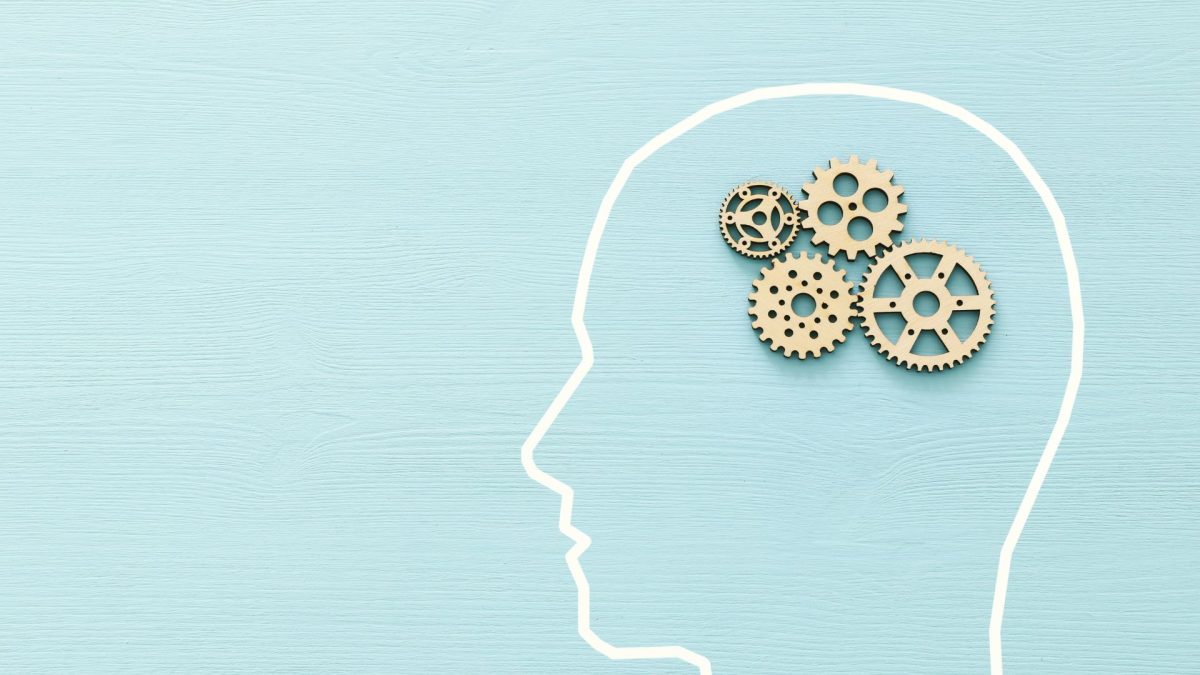Both substances have carved unique paths in the medical field, particularly in mental health treatment. Yet, they often stir confusion and curiosity due to their distinct origins, mechanisms of action, and clinical applications. This article delves into the heart of these compounds, shedding light on their therapeutic roles, safety profiles, and the evolving legal frameworks that govern their use. By navigating through the complexities of ketamine and esketamine, from groundbreaking research to real-world applications, we aim to demystify these powerful tools in modern medicine, addressing common concerns and highlighting their potential to shape future mental health therapies.
Understanding the Origins of Ketamine and Esketamine
Experts at BestMind Behavioral Health Center say that the journey into the medical and therapeutic use of ketamine and its enantiomer, esketamine, begins in the mid-20th century. Initially synthesized in 1962, ketamine was first used for its anesthetic properties. Its unique ability to induce a trance-like state while maintaining protective reflexes, breathing, and circulation quickly made it a valuable asset in medical settings. The discovery of esketamine, essentially a mirror image of the ketamine molecule, marked a significant advancement, offering a more targeted approach to treatment. This distinction between the two compounds is crucial, as it underpins their differing pharmacological effects and therapeutic applications.
Research into the applications of these substances has evolved, highlighting their potential beyond anesthesia. Esketamine, approved by the FDA in 2019 for treatment-resistant depression, represents a breakthrough in mental health care, offering hope to those for whom traditional antidepressants have failed. This approval was a watershed moment, underscoring the therapeutic potential of enantiomers in psychiatry. The development and acceptance of esketamine and ketamine within the medical community underscore a broader conclusion: exploring stereochemistry in pharmacology can lead to significant innovations in treatment methodologies, providing more precise and effective patient options.
Comparing the Mechanisms of Action: Ketamine vs. Esketamine
Understanding the mechanisms of action of ketamine and esketamine is crucial for comprehending their therapeutic effects and potential applications. Ketamine, a well-known anesthetic, has been repurposed for treating severe depression, primarily due to its rapid-acting antidepressant capabilities. Its mechanism involves non-competitive antagonism of the brain’s N-methyl-D-aspartate (NMDA) receptors, pivotal in modulating mood and thought patterns. This action helps to increase the levels of glutamate, a neurotransmitter, between neurons, thereby facilitating the activation of AMPA receptors. The sequence of these biochemical events is believed to contribute to the antidepressant effects observed in patients. On the other hand, esketamine, the S(+) enantiomer of ketamine, is thought to have a similar yet subtly distinct mechanism. It is more potent than ketamine, meaning lower doses can be used to achieve therapeutic effects, potentially reducing side effects.
The differences in the pharmacological profiles of ketamine and esketamine can be outlined as follows:
- Affinity to NMDA Receptors: Esketamine exhibits a higher affinity for the NMDA receptor than ketamine, which may account for its increased potency and efficacy in specific contexts.
- Metabolic Pathways: The metabolism of esketamine is more straightforward than ketamine, leading to a more predictable pharmacokinetic profile. This predictability can be advantageous in clinical settings, ensuring consistent therapeutic outcomes.
- Side Effect Profile: Due to its higher potency, esketamine is associated with a lower dose requirement, which may reduce the risk of specific side effects commonly seen with ketamine, such as dissociation and hallucinations.
These distinctions highlight the importance of choosing the appropriate treatment modality based on the patient’s needs and the clinical scenario. Both agents offer significant benefits, but their differences in action and effects underscore the need for personalized treatment plans in psychiatric care.
Esketamine and Ketamine: Analyzing the Clinical Uses
Delving into the clinical applications of esketamine and ketamine reveals a nuanced landscape of therapeutic potential, underscored by emerging case studies. While both substances share a pharmacological lineage, their utilization in medical settings diverges, primarily due to the distinct molecular structure of esketamine, which is the S-enantiomer of ketamine. This distinction is not merely chemical but extends to their efficacy, side effect profiles, and regulatory status.
Side Effects and Safety Profiles: A Closer Look at Ketamine and Esketamine
When comparing the side effects and safety profiles of ketamine and esketamine, it’s crucial to acknowledge the nuanced differences that set them apart. Ketamine, often used in both medical and non-medical settings, has been associated with a range of side effects, including dissociation, elevated blood pressure, and potential for misuse. On the other hand, esketamine, approved for treatment-resistant depression, is administered under medical supervision, which can mitigate some risks. However, it, too, can cause dissociation, dizziness, and nausea. Experts advise that while both substances have therapeutic potential, their administration must be carefully managed to minimize adverse effects.
Monitoring and managing the side effects of both ketamine and esketamine is a critical aspect of their use in clinical settings. Healthcare providers often emphasize the importance of a controlled environment for administration, especially for esketamine, typically given in a medical office or clinic. This controlled setting allows immediate response to adverse reactions and ensures patient safety. Furthermore, experts recommend thorough patient screening and ongoing monitoring to identify potential risks or complications associated with their use. This approach helps leverage these treatments’ benefits while ensuring patient safety and minimizing risks.
The debate on the safety profiles of ketamine and esketamine often highlights the need for more comprehensive research and understanding. While both have been recognized for their potential in treating specific conditions, the long-term effects and potential for dependency or abuse require further study. Experts call for continued research to better understand how these substances can be used most effectively and safely. They also stress the importance of patient education on the potential risks and benefits, ensuring that those undergoing treatment clearly understand what to expect. This informed consent is crucial in the ethical administration of ketamine and esketamine therapies.
The Role of Ketamine and Esketamine in Mental Health Treatment
The exploration of ketamine and esketamine in the realm of mental health treatment marks a significant advancement in addressing conditions such as depression and anxiety. Traditionally, these conditions have been treated with a variety of medications and therapies, but the introduction of ketamine and its more recent counterpart, esketamine, has opened new avenues for treatment. These substances operate within the brain to modulate neurotransmitters in a way that can provide rapid relief from depressive symptoms, a feature that is particularly beneficial for individuals who have not responded to other forms of treatment. This rapid action is a stark contrast to traditional antidepressants, which may take weeks to become effective.
Research into the efficacy and safety of both ketamine and esketamine continues to evolve. Still, current findings suggest that esketamine, the S-enantiomer of ketamine, may offer a more targeted approach with potentially fewer side effects. Esketamine has been approved by the FDA for treatment-resistant depression, signifying its emerging role in mental health care. However, the use of these treatments is not without controversy, primarily due to concerns about long-term effects and the potential for misuse. Despite these concerns, the potential of ketamine and esketamine to provide relief for those suffering from severe and treatment-resistant mental health conditions cannot be understated, making their role in contemporary mental health treatment both significant and indispensable.
Navigating the Legal Landscape: Prescribing and Accessibility of Ketamine and Esketamine
The legal framework surrounding the prescription and accessibility of ketamine and esketamine is complex, reflecting their distinct classifications and approved uses. Ketamine, a Schedule III controlled substance in the United States, has a broader range of medical applications, including anesthesia and pain management. Still, its use is tightly regulated due to its potential for abuse and addiction. On the other hand, esketamine, approved by the FDA in 2019 under the brand name Spravato for treatment-resistant depression, is subject to even stricter prescribing and dispensing regulations. These include requiring healthcare facilities to be certified in the REMS (Risk Evaluation and Mitigation Strategy) program and ensuring the drug is administered in a controlled environment. This regulatory environment aims to balance the innovative therapeutic potential of esketamine against the risks associated with its use. The conclusion that emerges from navigating this legal landscape is that while both substances offer significant medical benefits, their accessibility is governed by stringent legal frameworks designed to mitigate their risks, making healthcare providers critical in ensuring their safe and effective use.
Future Directions: Innovations and Research in Ketamine and Esketamine Therapies
The landscape of mental health treatment is on the cusp of a significant transformation, with ketamine and esketamine therapies at the forefront of this change. Experts in the field are optimistic about the potential these treatments have for addressing treatment-resistant depression and other mental health disorders. Ongoing research focuses on understanding these therapies’ long-term effects, optimizing dosing strategies, and identifying the mechanisms behind their rapid antidepressant effects. A key area of interest is the development of personalized medicine approaches that tailor treatments to individual patient needs, potentially enhancing efficacy and minimizing side effects. Additionally, integrating digital health tools to monitor patient responses and side effects in real time is a promising avenue to improve patient outcomes. Experts advise close collaboration between researchers, clinicians, and regulatory bodies to ensure these innovations provide accessible, effective, and safe treatments for needy patients.































































































































